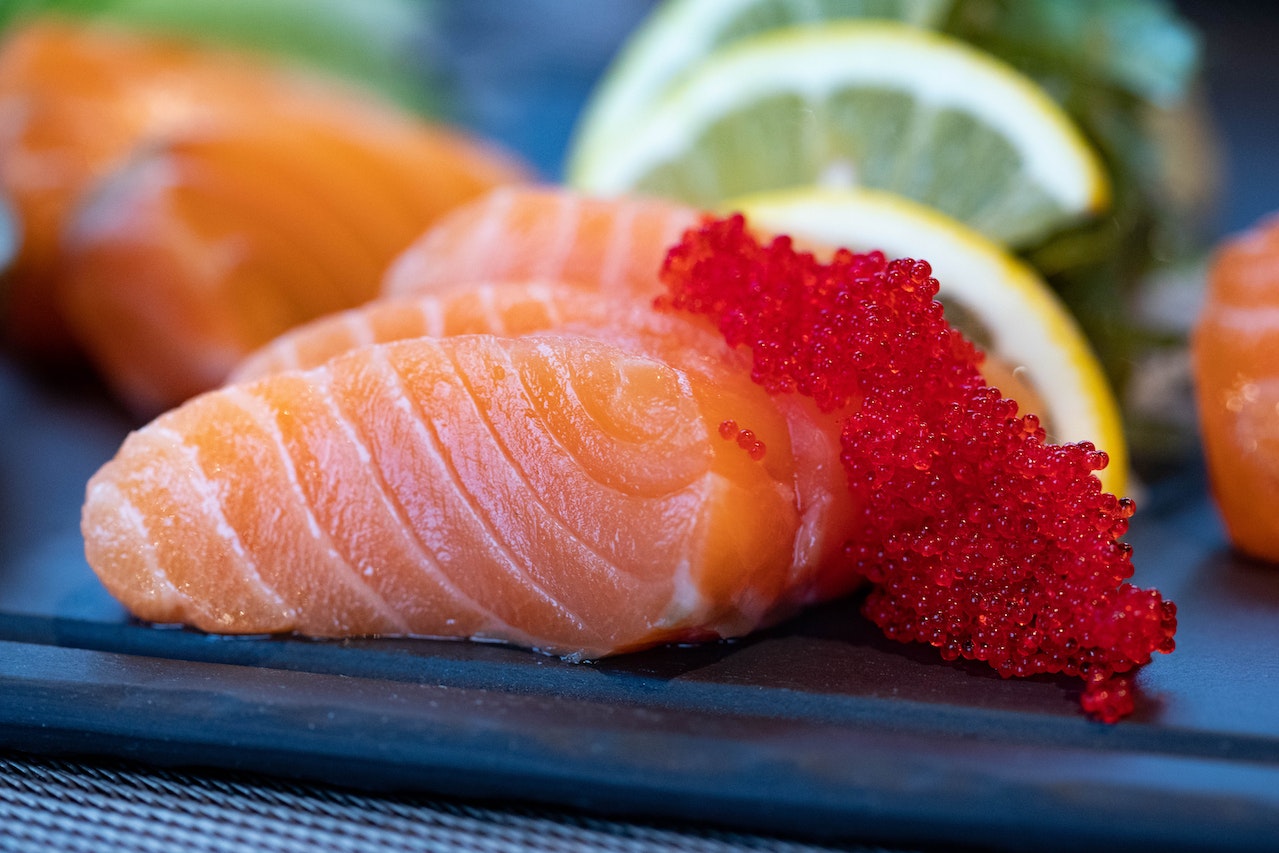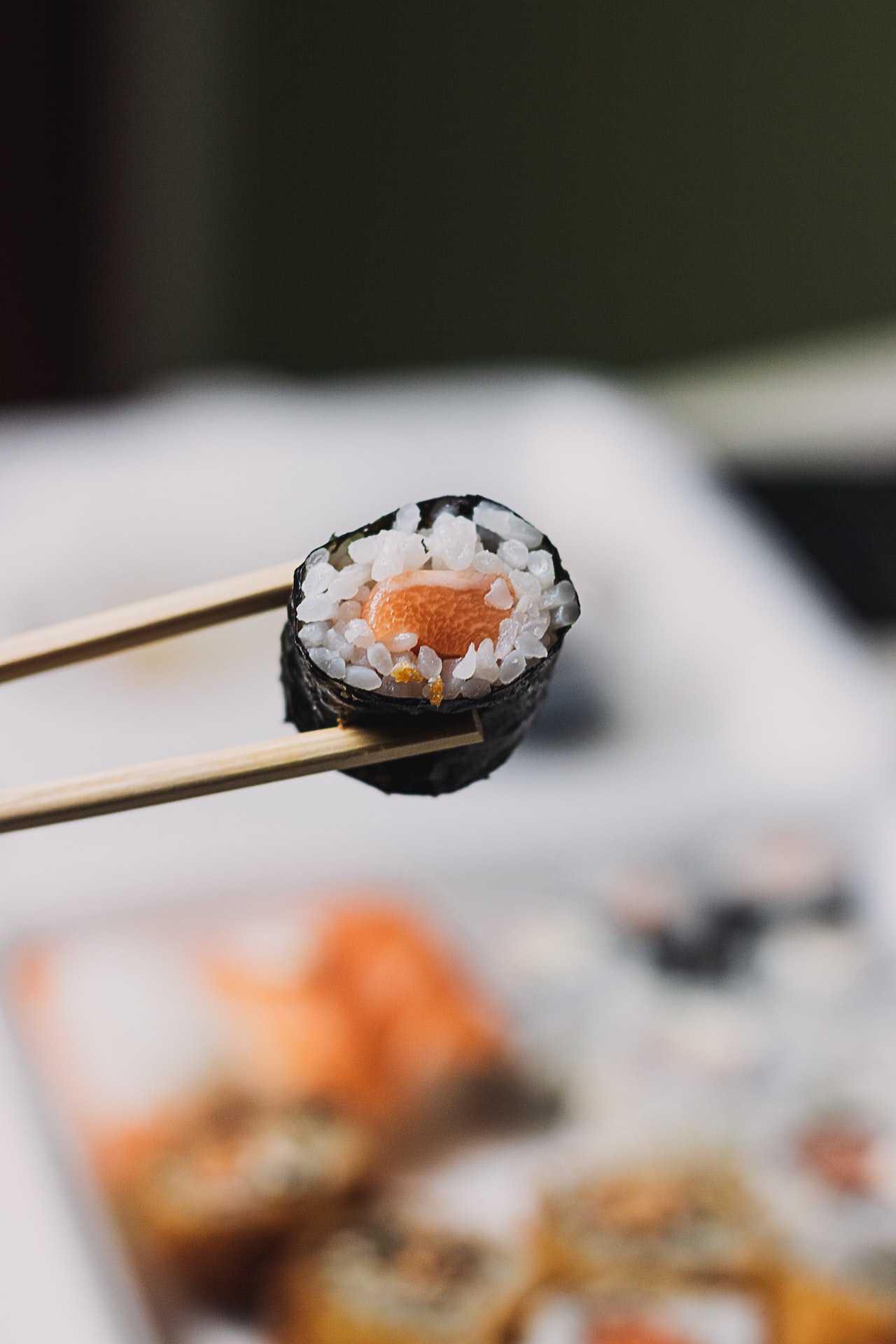Sushi, the epitome of Japanese culinary artistry, has earned its place as one of the most revered and beloved dishes in the world. Its delicate combination of vinegared rice, fresh fish, and other ingredients has delighted palates for centuries. But where did this exquisite creation originate, and how has it evolved over time? Let’s embark on a historical journey through the rich and fascinating history of Japanese sushi.
The Ancient Roots of Sushi
The story of sushi begins in ancient Japan, around the 8th century CE, where it emerged as a method of preserving fish. In an era when refrigeration was nonexistent, the Japanese found ingenious ways to store and preserve their catch. They discovered that by fermenting fish with rice and salt, it could be preserved for extended periods. This early form of sushi, known as narezushi, involved packing fish, usually fatty and oily varieties like mackerel, between layers of rice and allowing it to ferment for several months.

Narezushi was primarily a preservation technique rather than a delicacy. The rice acted as a preservative, and the fish was typically consumed while the rice was discarded. This early version of sushi gained popularity among fishermen, who needed a portable and long-lasting source of sustenance during their voyages.
The Rise of Edomae Sushi
The sushi we recognize today began to take shape during the Edo period (1603-1868) in Japan. It was in the bustling city of Edo, now Tokyo, that sushi underwent a transformative evolution. With the rapid urbanization and population growth of Edo, the demand for quick, affordable, and flavorful street food increased.
During this period, street vendors and sushi chefs started serving bite-sized portions of fresh fish atop seasoned rice. This marked a departure from the previous method of fermenting the fish with rice for preservation. The rice was now flavored with a mixture of vinegar, salt, and sugar, enhancing its taste and texture. This new style of sushi became known as Edomae sushi, named after the Edo-mae, or Edo-front, where the freshest fish from Tokyo Bay was readily available.
The sushi chefs, known as itamae, honed their skills in selecting the finest ingredients, meticulously preparing the rice, and crafting visually stunning presentations. The itamae’s expertise and attention to detail elevated sushi from a humble street food to a revered art form.

Modernization and Globalization of Sushi
In the mid-19th century, Japan experienced a period of significant transformation and modernization. As Japan opened its doors to the West, sushi began to evolve and adapt to new influences and tastes. Traditional Edomae sushi techniques blended with Western culinary concepts, resulting in the birth of new sushi styles and variations.
The popularity of sushi gradually spread beyond Japan’s borders during the 20th century. It gained recognition in the United States, particularly in California, where the introduction of the California roll, featuring avocado, imitation crab, and cucumber, helped to popularize sushi among Westerners who were hesitant to consume raw fish. As globalization took hold, sushi became an international phenomenon, with sushi bars and restaurants appearing in major cities worldwide.
Today, sushi has evolved into a diverse culinary art form, encompassing various styles, ingredients, and preparations. Traditional nigiri sushi, with its simplicity and elegance, coexists with elaborate maki rolls, sashimi platters, and fusion creations that blend Japanese and international flavors. Sushi has become not only a symbol of Japanese cuisine but also a global culinary icon.
